Why contractors keep asking for HPMC in tile adhesives and dry-mix mortars
I’ve toured a handful of dry-mix plants this year, and one additive keeps popping up in the control room notes: Hpmc Cellulose Ether HPMC Construction Cellulose Ether For Tile And Dry Mix Mortar. It’s the quiet workhorse behind open time, sag control, and trowel feel. If you’ve ever wondered why one tile adhesive spreads like butter and the next fights back, odds are the HPMC grade and dosage tell the story.

What it is and where it works
Model YFC-200 is a building-grade hydroxypropyl methyl cellulose (CAS 9004-65-3), sourced from No.1 Shifu East Road, Gaocheng District, Shijiazhuang, Hebei, China. In tile adhesives (C1/C2 per EN 12004) and cement/gypsum dry mixes, Hpmc Cellulose Ether HPMC Construction Cellulose Ether For Tile And Dry Mix Mortar increases water retention, extends open time, and improves slip resistance. In fact, many customers say it gives them a more forgiving working window when the site schedule gets… unpredictable.
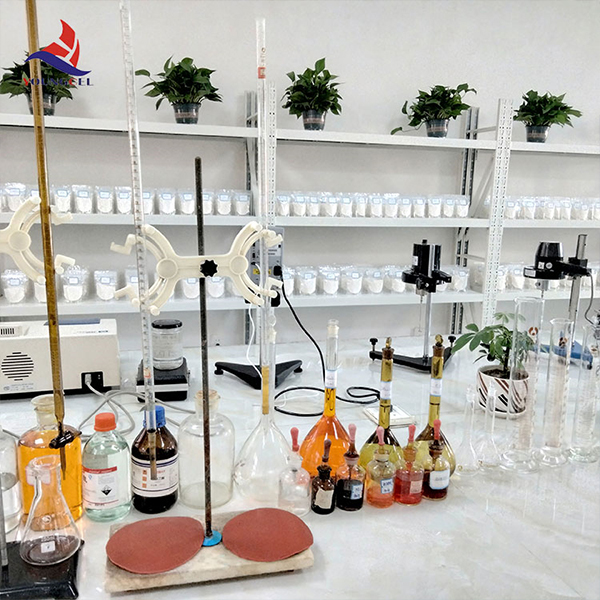
Typical product specs (YFC-200)
| Appearance | Free-flowing white powder |
| Viscosity (2% sol., Brookfield LV, 20°C) | ≈ 40,000–60,000 mPa·s (real-world use may vary) |
| Moisture | ≤ 5% |
| Ash | ≤ 5% |
| Methoxy / Hydroxypropyl | ≈ 19–24% / 4–12% |
| pH (1% sol.) | 6.5–8.5 |
| Particle size | 98% pass 80 mesh |
| Water retention in mortar (ASTM C1506) | ≥ 95% at recommended dosage |
Usage scenarios: cement-based tile adhesive (C1/C2, T, E), gypsum plaster, cement render (EN 998-1), masonry mortar (EN 998-2), putty/skimming, self-levelers (with low-vis grades).
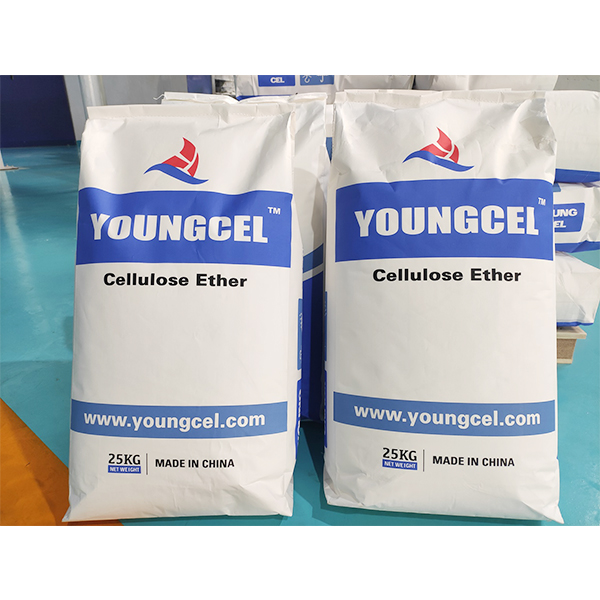
How it’s made (short version)
Materials: refined cellulose is alkalized, then etherified with methyl chloride and propylene oxide; followed by neutralization, washing, drying, milling, and sieving. Methods: controlled substitution degree delivers the viscosity profile. QA uses Brookfield viscosity (ASTM D2363), moisture/ash checks, and delayed-solubility testing for silo-friendly handling.
Testing standards around the finished mortar include EN 12004-1 for performance class, EN 1346 for open time, EN 1324 for shear adhesion, and ASTM C1506 for water retention. Service life: unopened shelf life ≈ 24 months in dry storage; in hardened mortar, the benefit shows up as improved hydration and less shrinkage cracking—indirectly supporting long-term bond integrity.
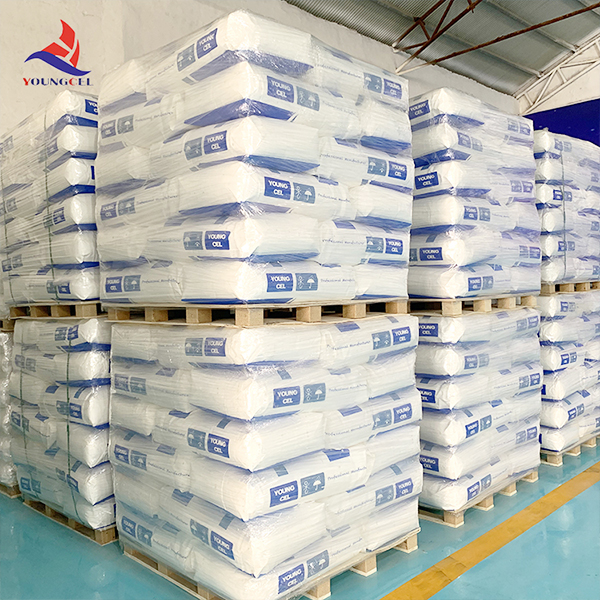
Bench and site data (a quick snapshot)
- Open time extension: +10–20 min vs. control (EN 1346), depending on cement and fines.
- Slip resistance: meets T-class in typical C2T formulations; installers notice less tile slump.
- Workability: smoother trowel feel; many customers say “creamier” at 0.2–0.4% dosage.
Case in point: a Gulf-region tile adhesive switched to Hpmc Cellulose Ether HPMC Construction Cellulose Ether For Tile And Dry Mix Mortar at 0.3%. Field crews reported 15+ minutes more open time under 32°C, and callbacks for “early peel” dropped noticeably. Not a lab miracle—just steady chemistry doing its job.
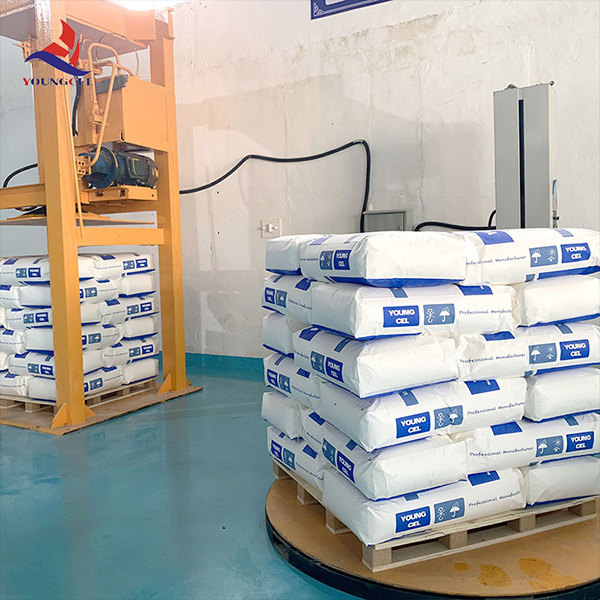
Customization and compliance
Grades can be tuned for viscosity, substitution level, particle size, and surface treatment (for delayed solubility). Certifications: typical plants run ISO 9001; material is commonly REACH-registered; RoHS-free by nature. Always ask for a full CoA and SDS—especially if you’re exporting to markets with strict labeling rules.
| Vendor | Viscosity consistency | Customization | Lead time | Certs |
| Youngcel (YFC-200) | ±10% target window | Viscosity, delayed-solubility, mesh | ≈ 10–20 days | ISO 9001, REACH |
| Generic A | ±15–20% | Limited | ≈ 3–5 weeks | ISO 9001 |
| Generic B | Batch-to-batch varies | On request | Varies | — |
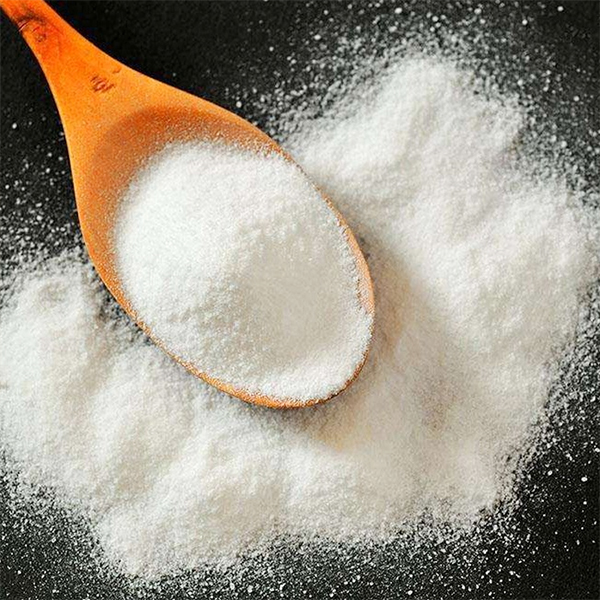
Practical tips
- Dosage: start 0.2–0.4% for tile adhesives; adjust with fines, cement type, and climate.
- Blend order: premix with fillers for even dispersion; avoid “fisheyes” by dry blending ≥ 120 s.
- Storage: keep sealed, cool, and dry; avoid pallets sitting against exterior walls.
To be honest, the right HPMC won’t fix a poor formulation—but a well-chosen grade like Hpmc Cellulose Ether HPMC Construction Cellulose Ether For Tile And Dry Mix Mortar can turn a decent recipe into a contractor favorite.
References
- EN 12004-1:2017 Tile adhesives—Definitions, requirements, and test methods.
- EN 1346:2007 Adhesives for tiles—Determination of open time.
- ASTM C1506 Standard Test Method for Water Retention of Hydraulic Cement-Based Mortars.
- ASTM D2363 Standard Test Method for Viscosity of Cellulose Derivatives by Ball-Drop.
- EN 998-1/2: Specification for mortar for masonry—Rendering/plastering and masonry mortars.
- ISO 9001:2015 Quality management systems—Requirements.
-
Hydroxyethyl Methyl Cellulose HEMC: Industrial Uses, Benefits & Future TrendsNewsNov.23,2025
-
HEMC Cellulose: Versatile & Sustainable Industrial Polymer | YoungcelNewsNov.23,2025
-
Methyl Hydroxyethyl Cellulose: Versatile Building Block for Industry & SustainabilityNewsNov.23,2025
-
CAS 9032 42 2: Understanding Polyvinyl Alcohol's Impact on Industry & SustainabilityNewsNov.22,2025
-
Hydroxyethyl Methyl Cellulose: Versatile Solutions for Modern Industry and SustainabilityNewsNov.22,2025
-
Your Guide to PVA Manufacturer: Quality, Applications & Future TrendsNewsNov.21,2025




